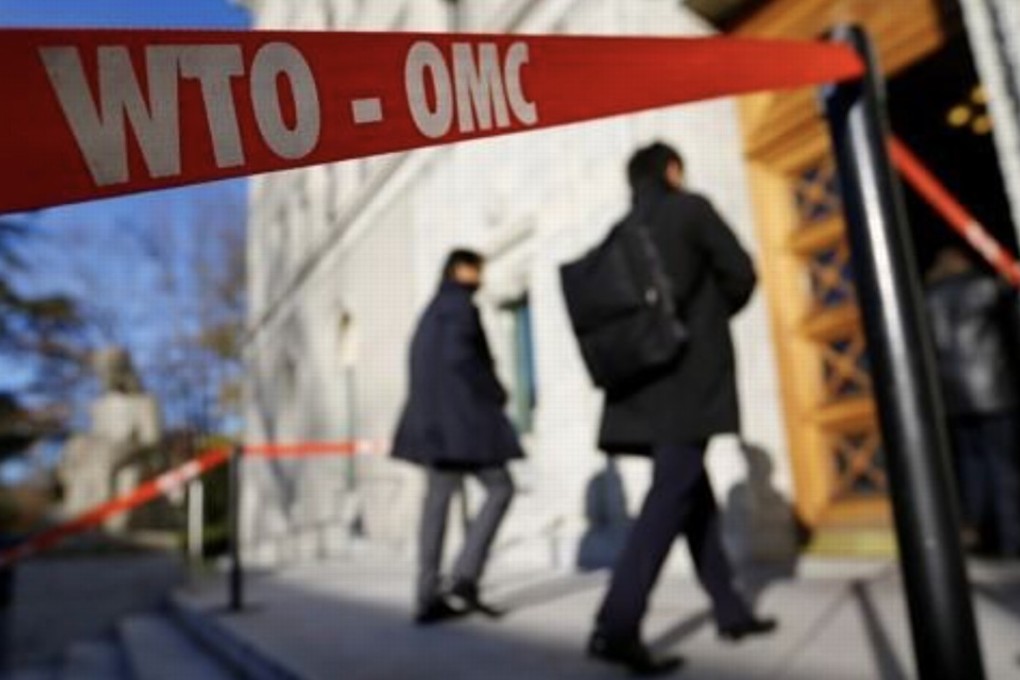US ‘lacks evidence’ for forced tech transfers claim against China at WTO
Legal experts say Washington will find it hard to prove allegations, but two sides could agree on intellectual property rules in consultation period

It will be difficult for the United States to find evidence to hand to the WTO proving its claim that the Chinese government demanded forced technology transfers and other unfair intellectual property practices, legal experts say.
They also said the two sides may reach an agreement on how to improve intellectual property rules before they enter formal proceedings at the World Trade Organisation.
Washington filed a request on March 23 for consultations with China at the WTO to address what the US alleges are discriminatory Chinese technology licensing requirements, in line with unilateral actions signed off by US President Donald Trump targeting China’s hi-tech industries.
Under WTO rules, consensus could be reached by the two nations during a 60-day consultation period, and legal experts said China could amend its IP laws in that window.
Jin Haijun, a law professor at Renmin University who spoke at a hearing in Washington in October on alleged IP infringements by China, said the US was mainly relying on the assessments of research agencies and surveys by industry groups, but it would be difficult to prove that technology transfers had been made mandatory by the Chinese government.